Dylan's Bee Blog
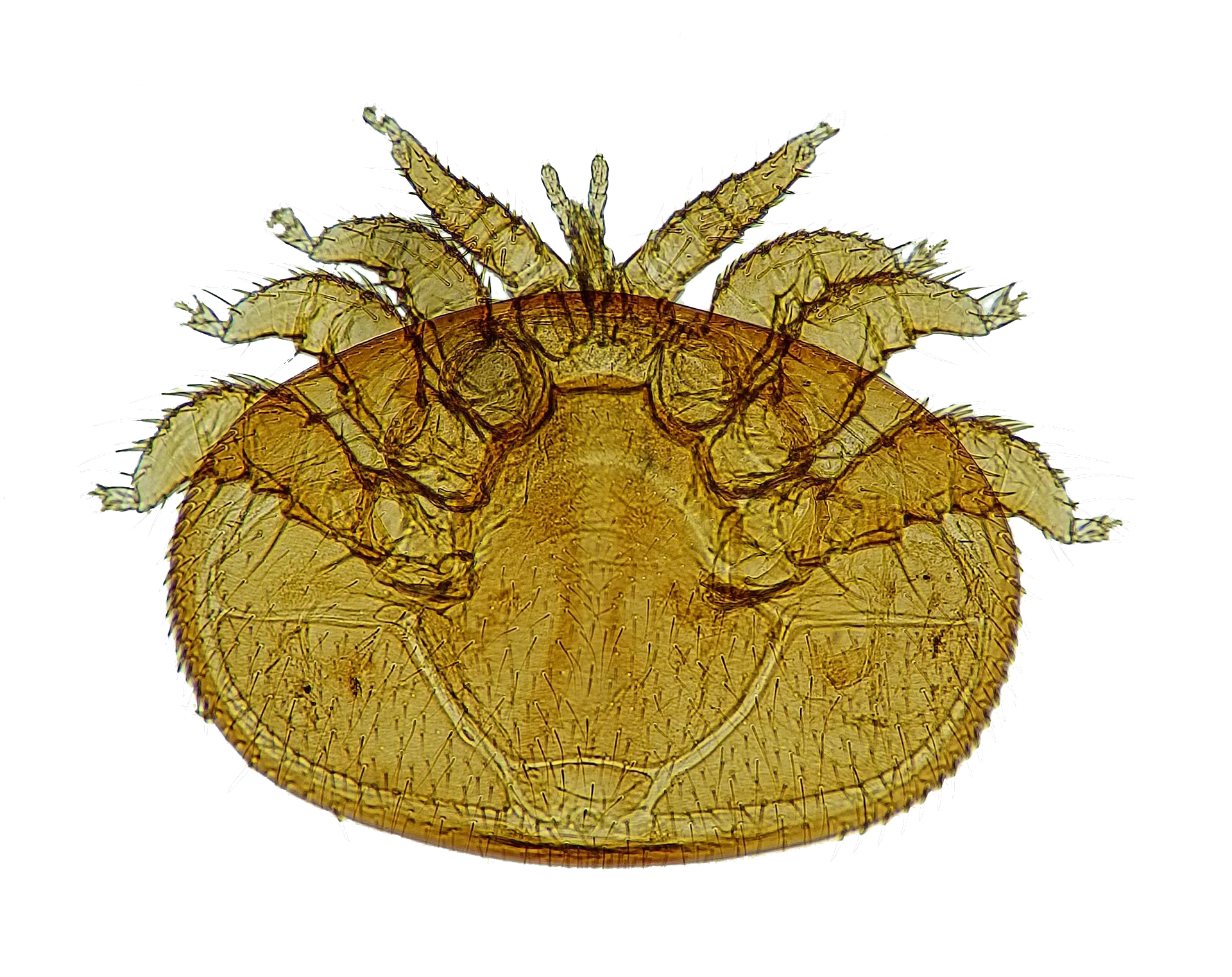
The future of varroa mite monitoring?
Another new study about varroa has been published recently and it proves for fascinating reading. A team of researchers from Nottingham Trent University have uncovered lots of potential for the future of varroa control and monitoring.
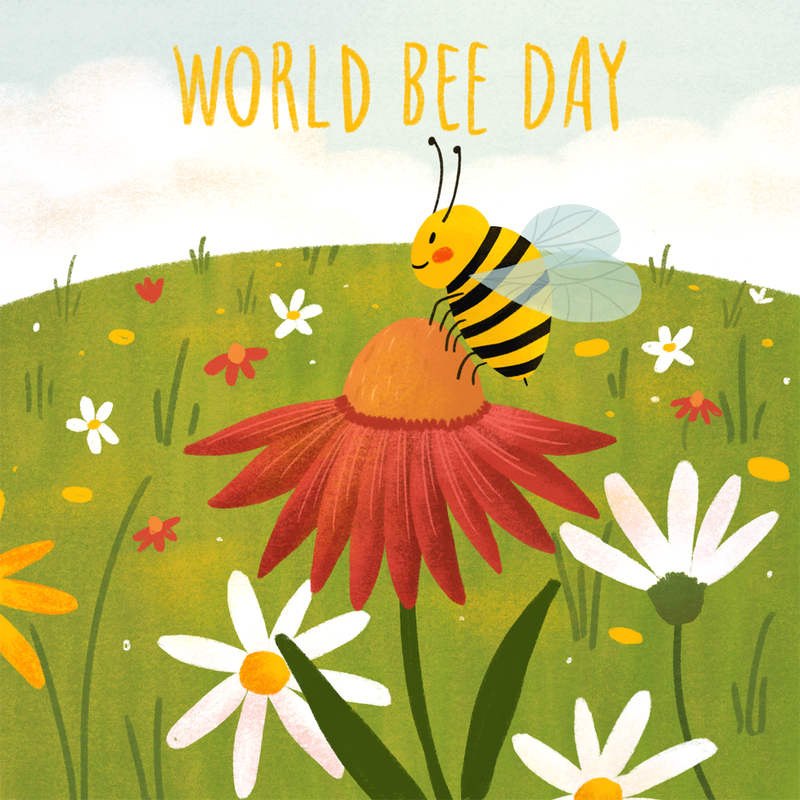
bee
World Bee Day - 20 May 2023
Every year on the 20th of May we take some time to celebrate bees and pollinators and their importance in the world.
World Bee Day gives is a chance to highlight the importance of all bees and the many of other beneficial pollinators worldwide.
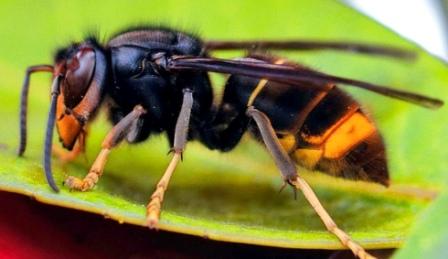
asian hornet
How to get rid of Asian Hornets (2023)
All wasps can cause problems in the active season, especially when they establish a nest in an unwanted place. Finding a wasp nest in a shed or an empty roof is the last thing anyone wants.
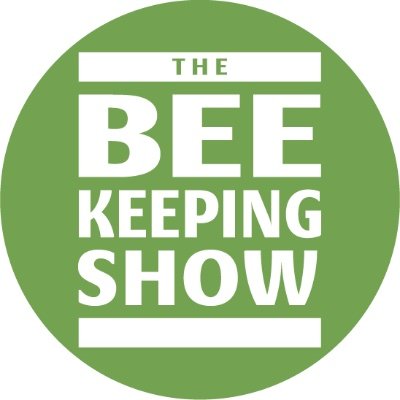
The Beekeeping Show- a new show for bee keepers!
The end of February closes in and the beginning of the season is just behind it. Before you know it will be swarming season. But just before all that work, we’ve got a new UK bee keeping show to attend to.

The British Beekeeping Show- time to get a jump on the season!
As January passes quicker than a flurry of snow or a wet windy day in the UK I cannot believe that the first bee keeping show of the year in the UK is upon us. The British Bee keeping show (formerly Beetradex) is this Saturday the 4th of February. With a new name this show returns to the excellent NAEC in Stoneleigh; an ideal venue for a show all about bee keeping.
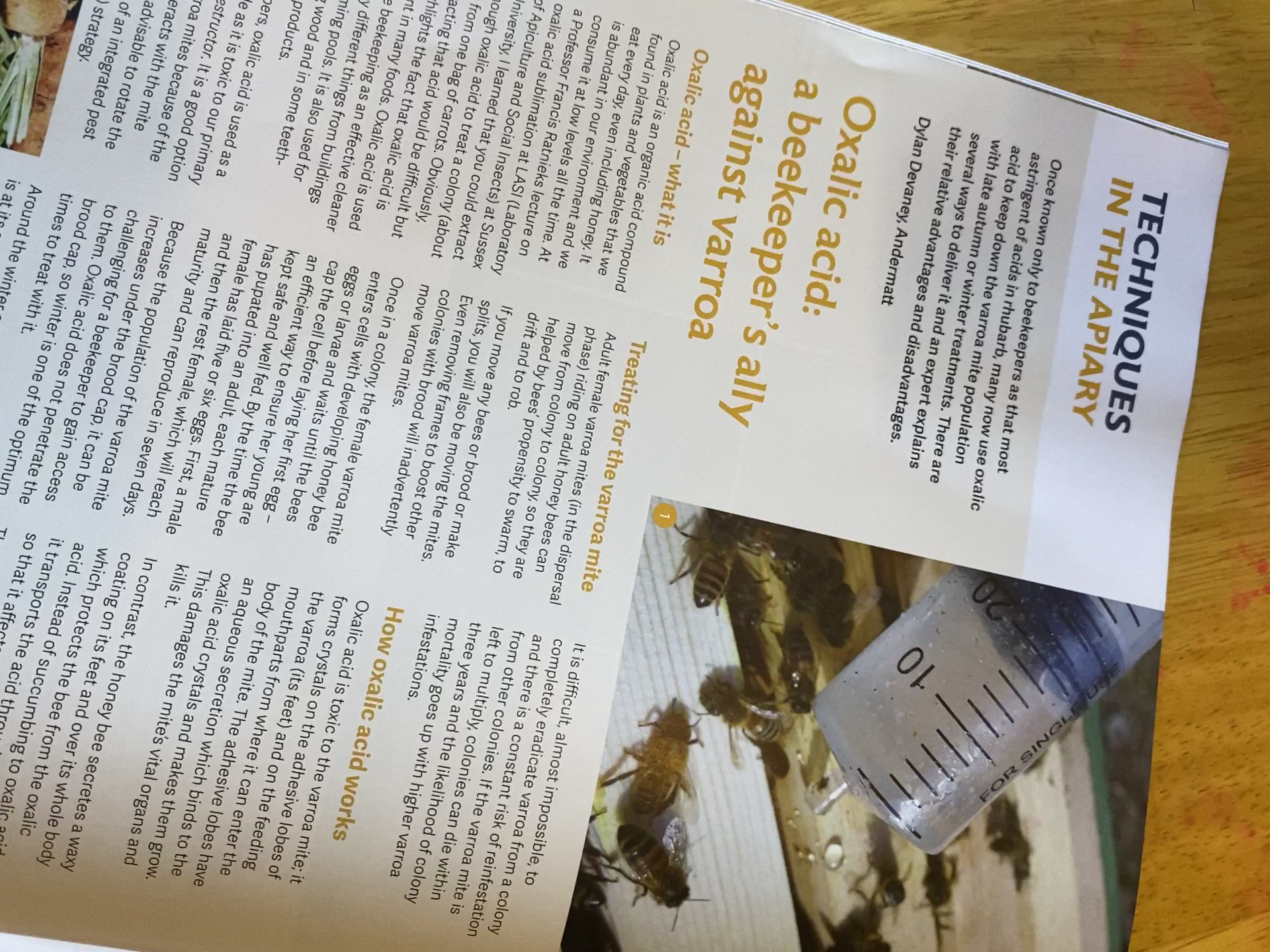
Oxalic Acid: A Beekeeper’s ally against varroa
Oxalic acid is an organic acid compound, found in different plants and vegetables we eat every day, including the golden liquid our craft is famous for, honey.

National Honey Show 2022 write-up
Dylan writes about his experience of the National Honey Show this year
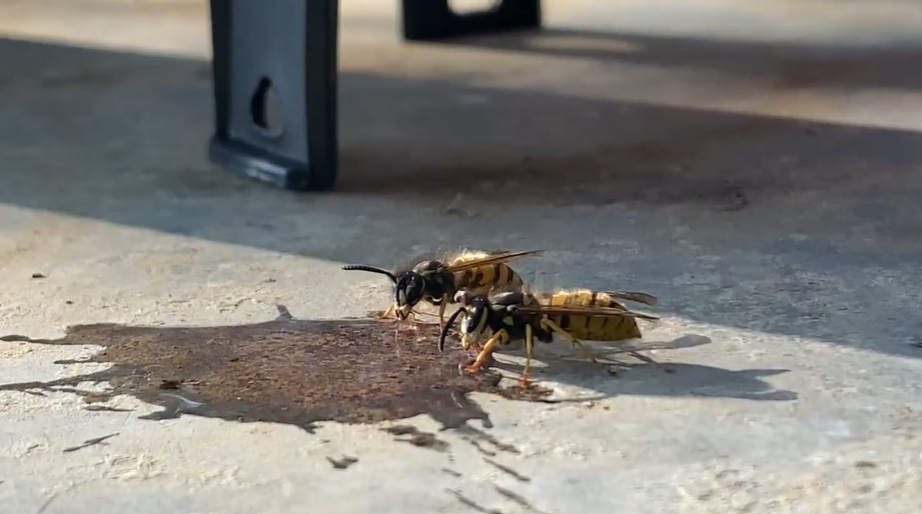
Best wasp trap (2024)
Looking for the best wasp trap and bait? Read on to find all about how best to trap wasps and hornets year-round.

Varroa destructor outbreak in Australia
This summer bee keepers worldwide saw the news that Australia now must deal with the impact of varroa destructor on their bee keeping industry.
